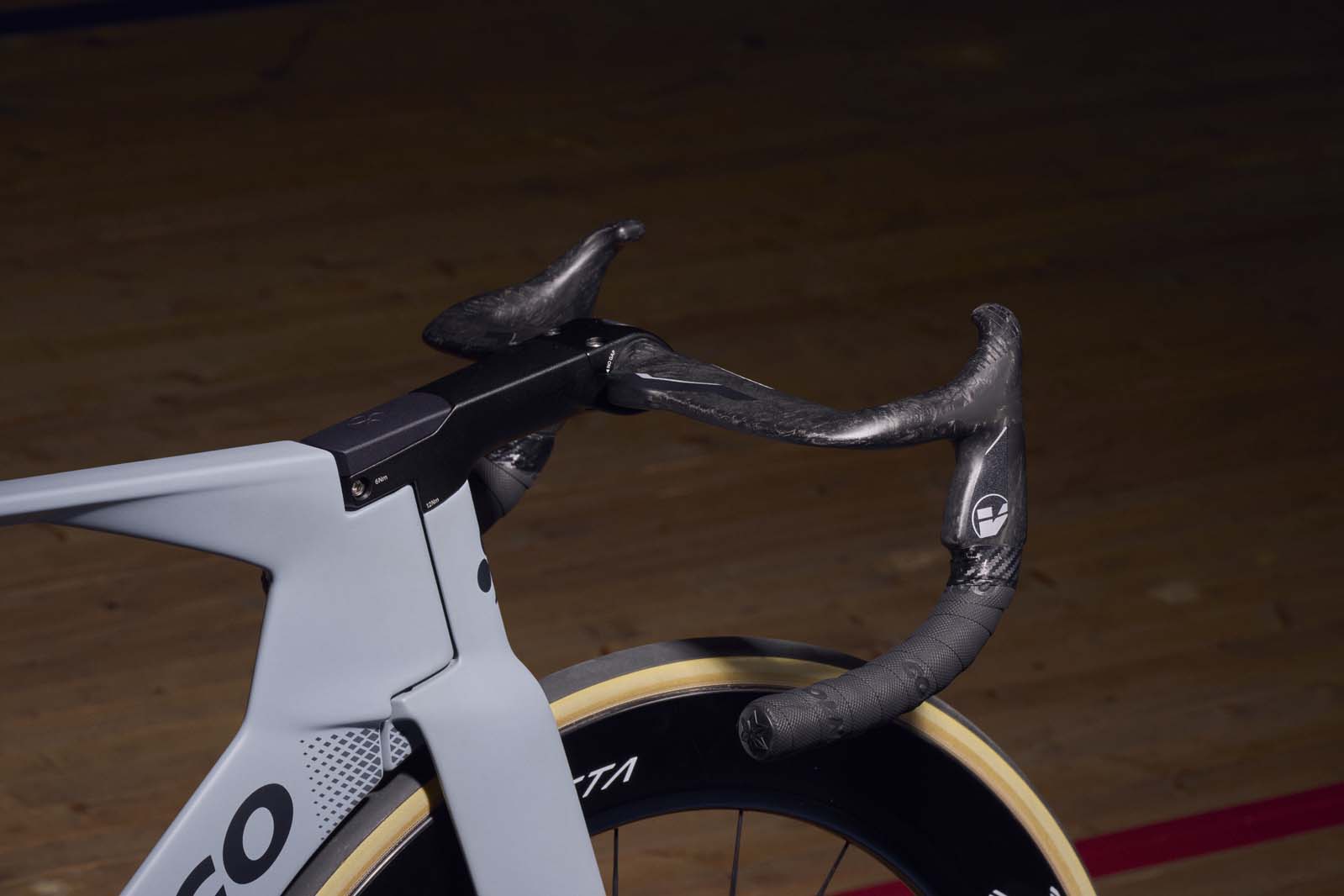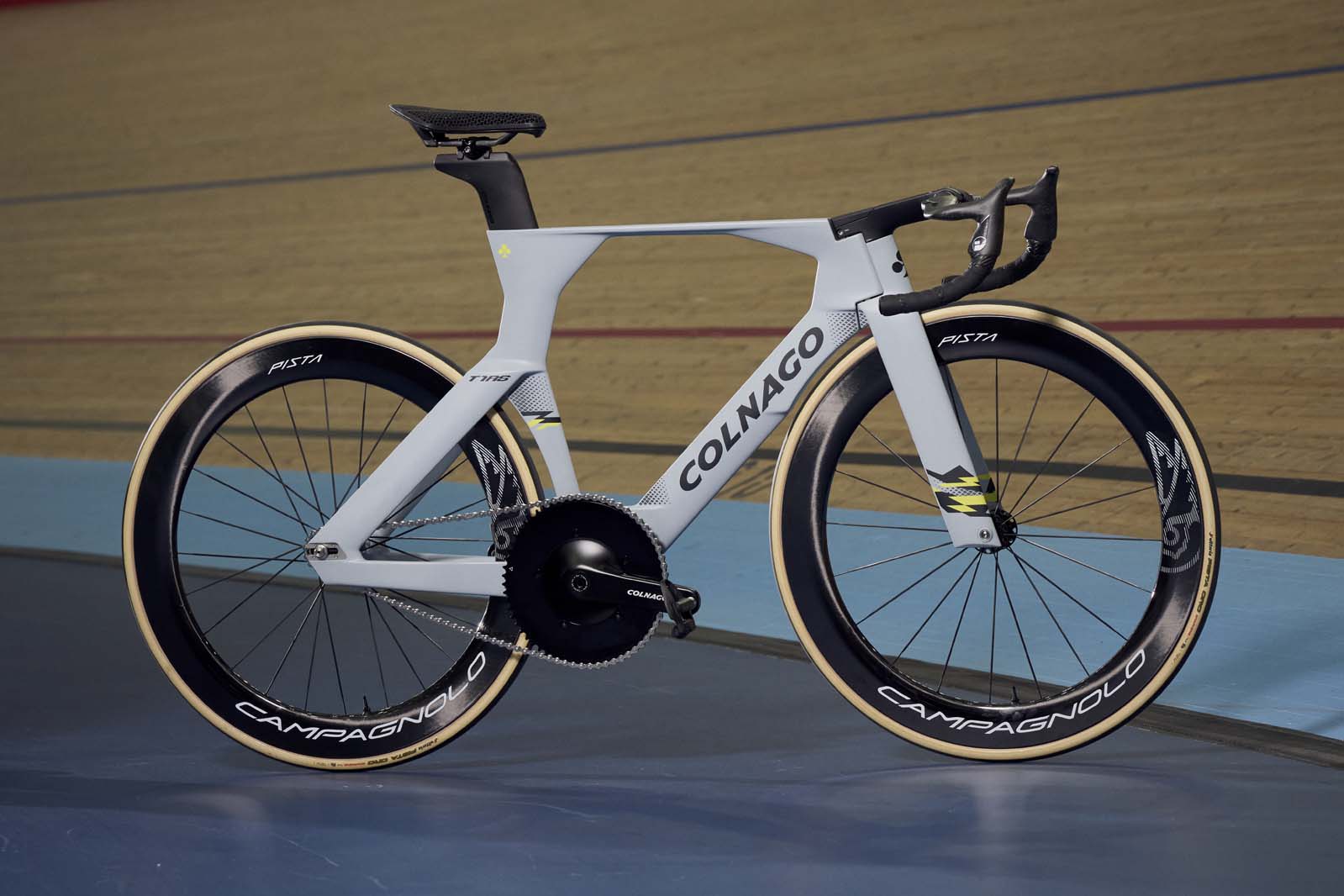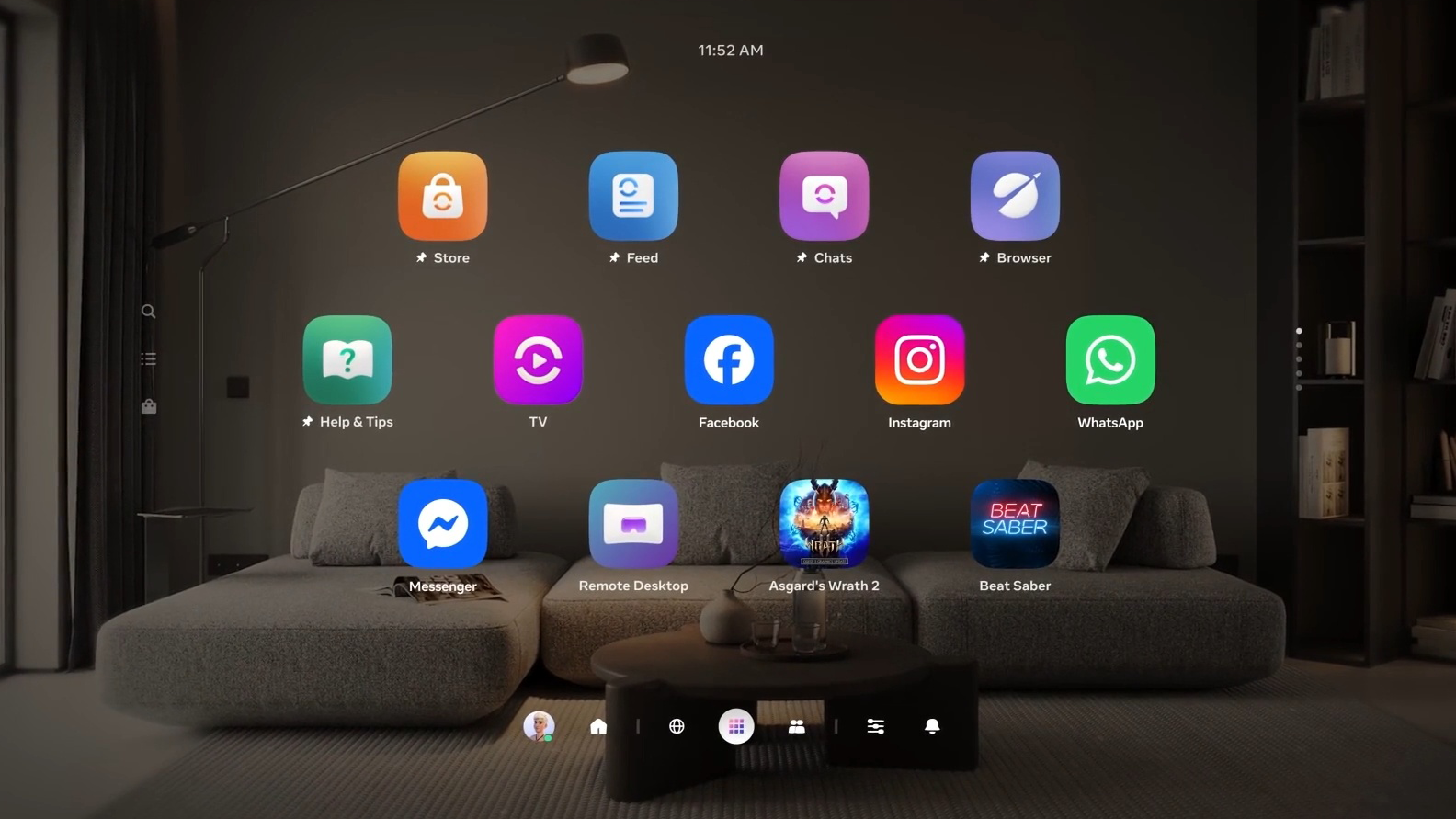House of Golf makes a golf wager: You don’t need to leave the house for mini golf; you’ve already got all the obstacles and fun you need at home.
It’s ambitious in its vision. Reality is a few strokes short.
Sink a putt in your kitchen sink
I’m enamored by the prospect of setting up a bespoke mini golf course that traverses the nuanced wrinkles of my home.
I knew immediately I’d want a hole where I have to bounce the ball around all four walls of my kitchen like an extremely sophisticated billiards shot. Then a hole where I navigate around the dining room table, and then a hole with a ramp to land the ball in my dog’s daybed. After a few hours I had something workable. I even improved upon my vision for the dining room table course by mapping a series of construction cranes:

Yet, actually producing the course is finicky.
I can readily come up with imaginative ideas; it’s difficult to make them click, the way Lego pieces all perfectly and reliably connect. House of Golf doesn’t allow you to magnetically snap pieces together or to a grid. Too often, ball collisions produce unpredictable outcomes.
0:00
I wound up forfeiting my desired billiards-style hole in the kitchen: in order to leverage my apartment’s entire floor plan, I’d need to disable Meta’s roomscale boundary (it’s a “roomscale” boundary, not an “apartmentscale” one after all). But with the boundary turned off, House of Golf can’t recognize and play against the headset’s visualization and memory of my IRL obstacles. I gave up my kitchen so that I wouldn’t need to manually place House of Golf obstacles along every wall of my living & dining rooms.
Successful course design requires careful playtesting, which is fun but regularly just as tedious. I quickly envisioned how I’d want my ramp-into-the-daybed to work. However, the time it takes to get the launch angle & distance just right, and to lay down all the necessary barriers and scaffolding to dummy-proof missed shots, easily dwarfs the time needed to set up the core concept.
0:00
The more fundamental challenge is: While it’s fun to design a course myself, and very satisfying to make the connecting pieces work, I’m jaded by the time I’m ready to play the course I’ve just rigorously tested. I already know all its tricks.
Will House of Golf support a second player with shared object permanence? I’ve waxed on about this previously in coverage of Track Craft and Table Troopers: One of the delights of VR is sharing a fantastic world superimposed on the real one with a friend. It’d be immensely fun to invite a friend over to putt across my home as everyday objects become ridiculous obstacles.
And yet, that same fundamental design challenge looms large: I’ll have the upper hand on any course I’ve designed and already rigorously tested myself.
VR Mode: Full of traps & hazards
Walkabout Mini Golf is the gold standard for VR mini golf. The obvious question: can House of Golf compete? The short answer: not on curated courses.
In VR Mode, House of Golf offers a series of themed 6-hole courses you unlock by scoring par or better on the prior course.
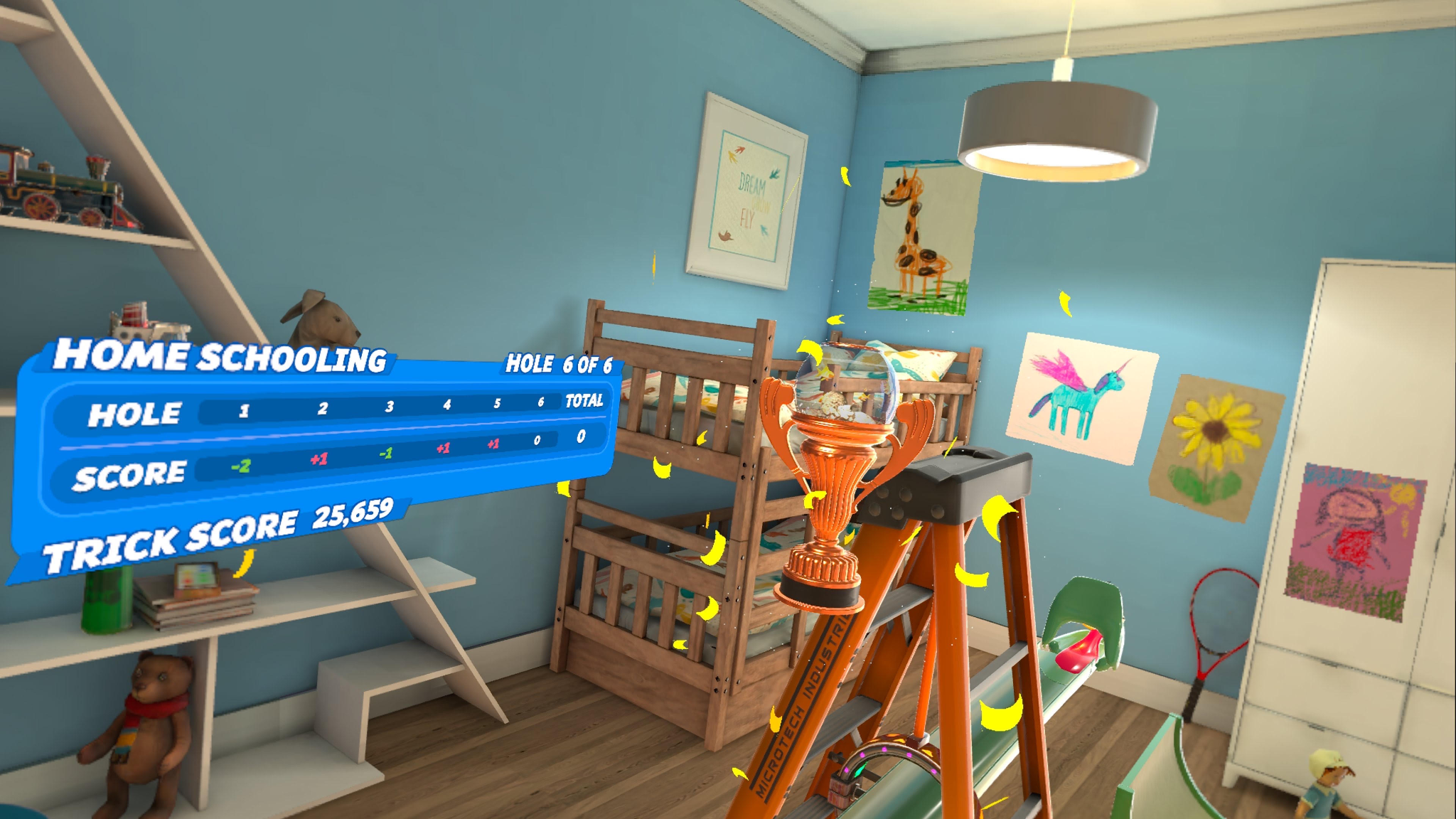
And as expected, each hole is wacky and leverages features & physics impossible in the real world…
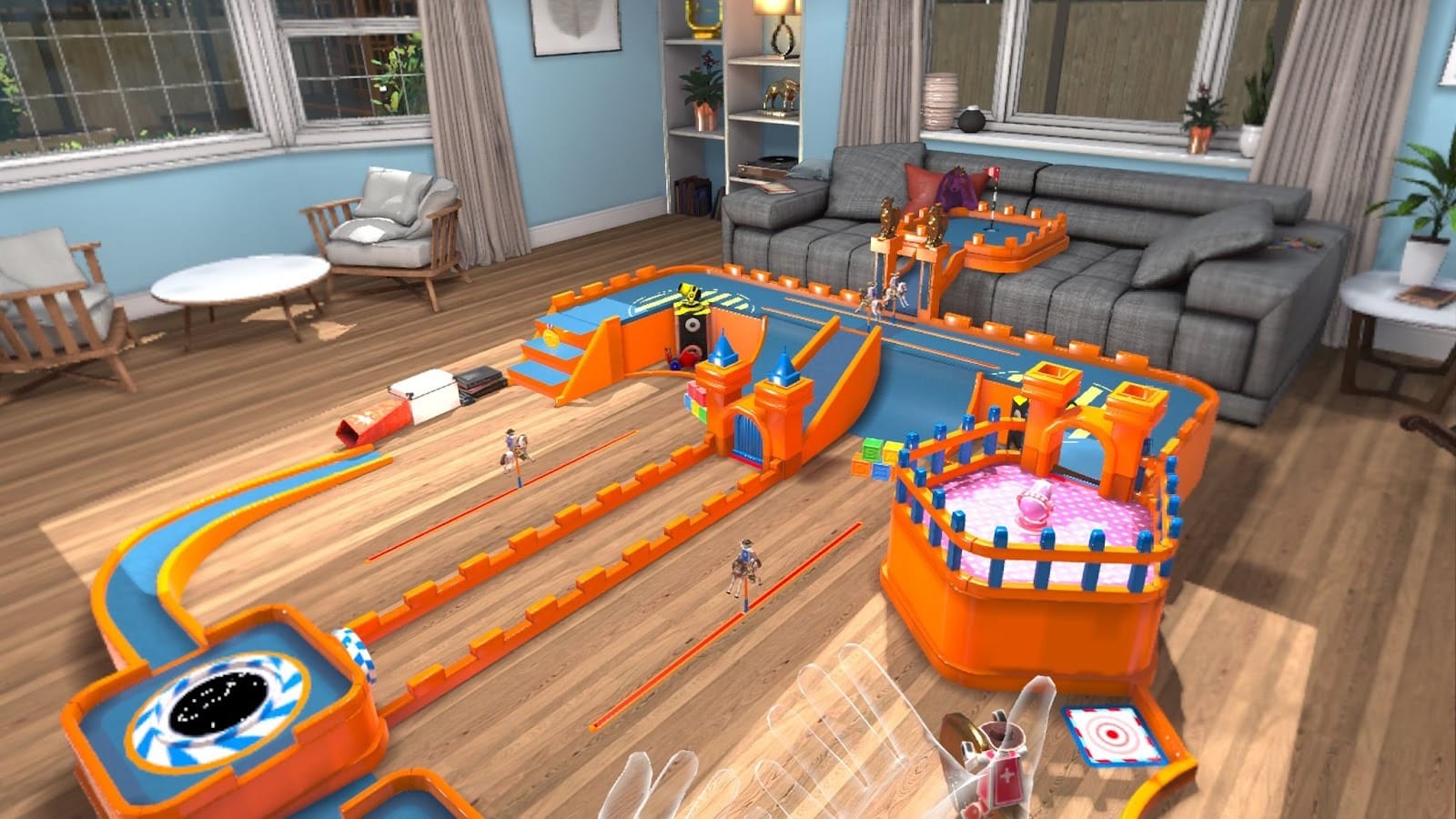
Yet, after even a few holes, the shortcomings loom large. Walkabout has a magic button where pulling the trigger on your controller teleports you right to where you need to be to hit your next shot. House of Golf has the same button but it takes a few seconds to load, and the accuracy is far inferior. Very often I have to rely on the aim & click teleportation system that’s common across many VR games – functional, but far short of delightful.
I’m less confident in the ball physics than I’d really like. There’s some relief in the form of a mulligan/do-over button. Still, it can sometimes be trivially (and frustratingly) easy to land a shot out of bounds, tanking your progress towards the tournament trophy you need to unlock House of Golf’s full suite of curated courses and custom balls.
0:00
Courses don’t ooze the gestalt and delight of the magical new worlds you might visit in a VR game. You’re regularly just dropped in a facsimile living room or garage.
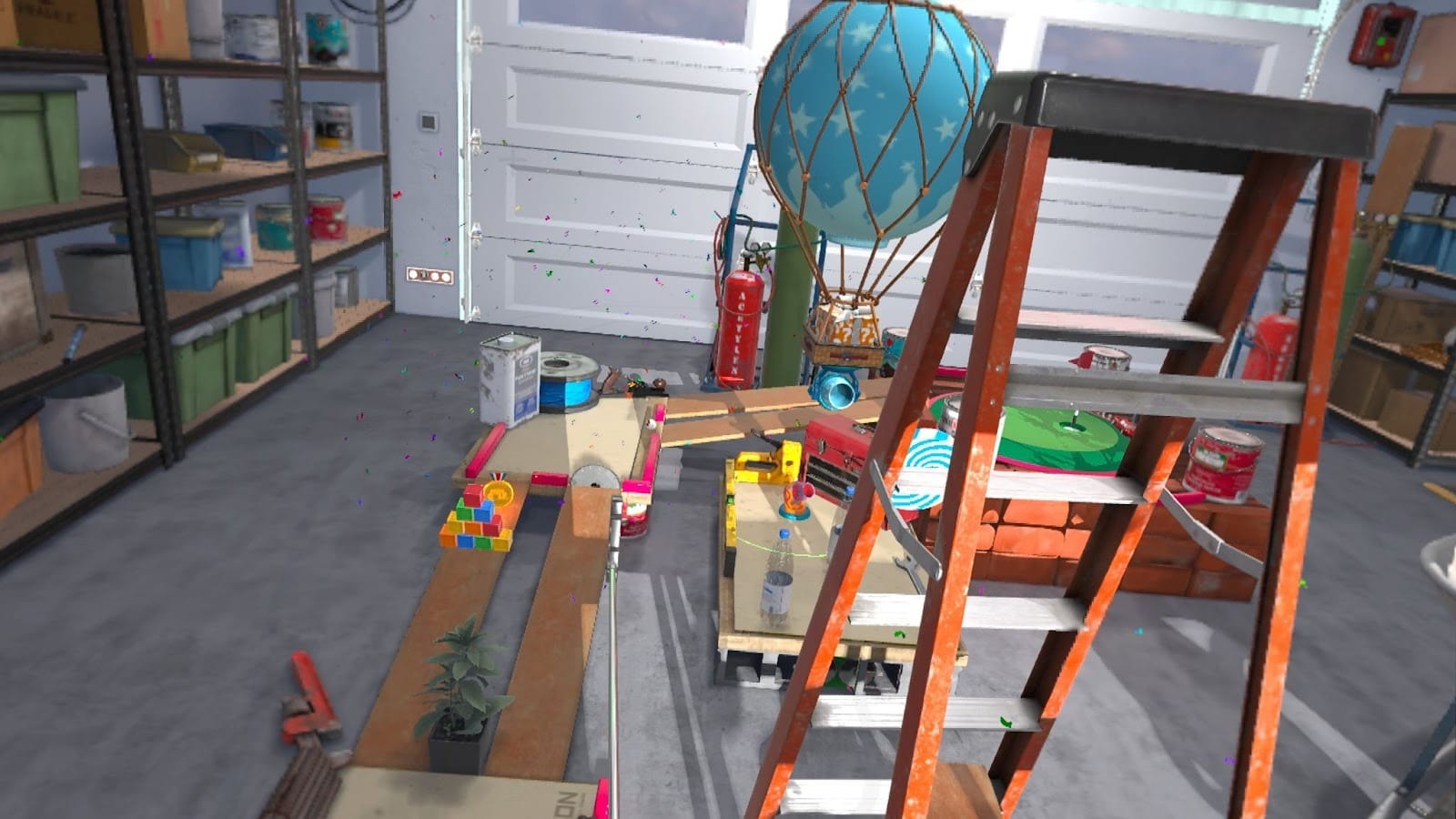
For VR Mode, the creative quality bar has to be higher before I can get enthusiastic about getting my par lower.
Should you tee off?
If you love Rube Goldberg machines or house-spanning Hot Wheels courses, or you’re amassing a library of different MR looks for your house, House of Golf is worth your time. If you’re a Walkabout zealot who’s collected every course, treat this like an extension of your library from an indie developer. Just don’t expect it to replace Walkabout – at least not yet.
House of Golf VR is out now on the Meta Quest platform.



